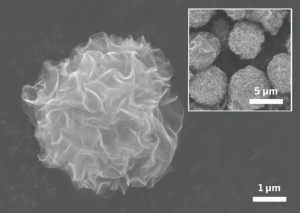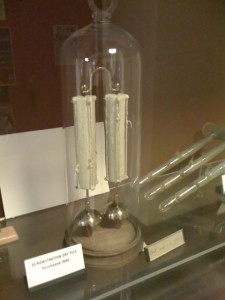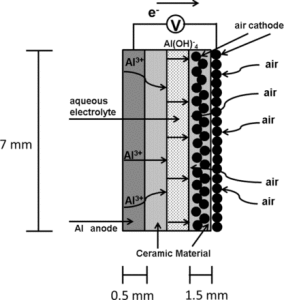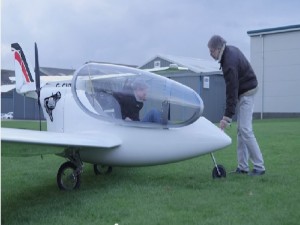
Dr. Yossef Elabd, professor in the Artie McFerrin Department of Chemical Engineering at Texas A&M University, has developed two fuel cell vehicle platforms for both present day enhancements and future innovation.
Image: Texas A&M University
The Electrochemical Society’s Yossef A. Elabd is using electrochemical science to work toward global sustainability with his new advancements in fuel cell car technology.
Elabd, an active member of ECS’s Battery Division, has developed two fuel cell vehicle platforms for both present day enhancements and future innovation – focusing not only on the science, but also the environment.
“I just want to drive my car with water vapor coming out the back of it,” Elabd said.
With this new technology and initiatives such as the ECS Toyota Young Investigator Fellowship, Elabd’s statement may become an achievable reality for many people in the near future.
The idea of the fuel cell vehicle is every environmentalist’s dream, but the current issues deal with the sustainability of the vehicle. The current fuel cell car uses a proton exchange membrane (PEM) electrolyte for its platinum-based electrodes.






